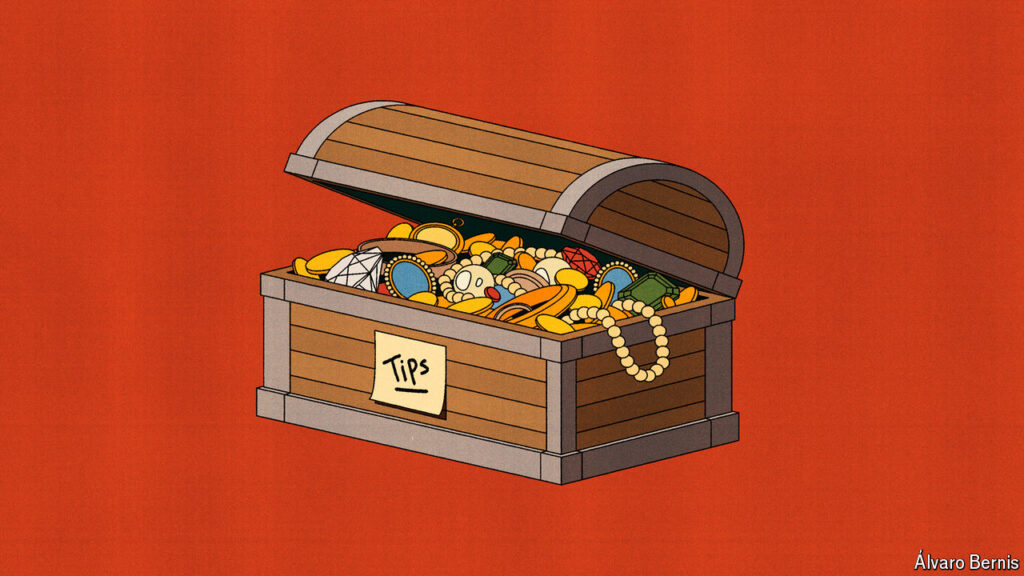In the United States, tipping has become a significant part of the culture. It is customary to leave a gratuity for various service providers, such as waitstaff, bartenders, and hotel workers. The amount of the tip is typically based on the quality of service received, with 15-20% of the total bill being a common guideline for restaurants.
However, in recent years, tipping has become more generous and widespread. This trend is evident in the increasing size of tips that are given, as well as in the expanding list of service providers who now expect gratuities. In addition to traditional industries like food service and hospitality, tipping has also become common in sectors such as ride-sharing and delivery services.
One of the driving factors behind this tipping inflation is the influence of prominent figures like Donald Trump. In a speech at a rally in Las Vegas, Trump proposed a bold plan to eliminate taxes on tips, which he argued would benefit workers who rely on gratuities for their income. This proposal was met with enthusiasm from many in the service industry, who welcomed the idea of keeping more of their hard-earned money.
While the idea of eliminating taxes on tips may seem appealing to workers, it raises questions about the sustainability of the current tipping system. As tips become larger and more prevalent, there is concern that the practice may become unsustainable in the long run. With tips already accounting for a significant portion of workers’ income, further increases could result in inflated prices for consumers and potential wage disparities among workers.
Another factor contributing to the tipping trend is the rise of cashless transactions. With the increasing prevalence of credit and debit card payments, leaving a tip has become more convenient for consumers. Many businesses have even implemented tipping options on digital payment platforms, making it easier for customers to show their appreciation for good service.
In light of these developments, it is clear that the tipping culture in America is evolving. While tips have traditionally been a token of gratitude for good service, they are now a significant source of income for many workers. As tipping becomes more widespread and generous, it is important to consider the implications of this trend on both workers and consumers.
Ultimately, the future of tipping in America remains uncertain. While the practice shows no signs of disappearing anytime soon, it is clear that changes are needed to ensure its sustainability. Whether through government intervention or industry regulations, finding a balance between fair compensation for workers and reasonable costs for consumers will be essential in shaping the future of tipping in America.












